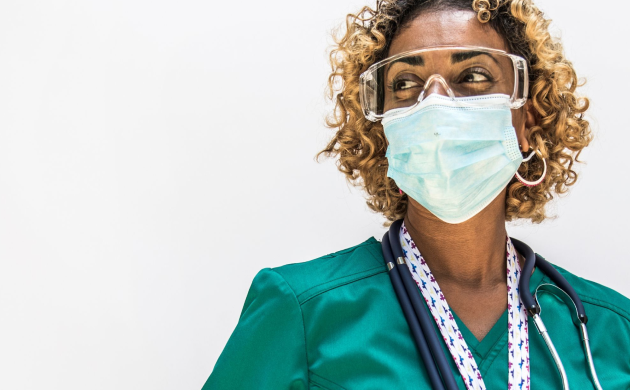
Stitches, medical glue or staples?
When you get a cut that requires medical attention, there are a few methods our team will consider when determining the best way for the wound to heal.
What to do if you cut yourself and may need care
The first thing to do is to clean the cut with cold running water. If there is bleeding, apply compression to the cut using a clean cloth. If the cut is on an arm or leg, you can control the bleeding by raising it.
When should you see a doctor?
If the cut is deep, you should see a doctor to see if it may need stitches. You should see a doctor sooner than later since many cuts do not qualify for sutures or stitches to be placed after 12 hours since there is a greater chance of an infection occurring.
What is the usual procedure for getting stitches?
Depending on the depth, location and type of cut, a doctor can wash it further, and provide a local anesthetic to numb the cut to eliminate pain when stitches or sutures are placed. The wound may then need to be wrapped to keep it clean.
What is medical glue and when is it used?
Some cuts may not require stitches and instead be closed by a medical glue that closes the skin together. A doctor can determine which cuts should be closed with medical glue. Most cuts on the head (scalp, not the face) are usually treated with staples after a local anesthetic is placed.
What happens to a cut after it heals?
Whether you get stitches, medical glue or staples, you should expect some amount of scarring. Once skin is cut, it loses its strength and elasticity. The body tries to heal this loss of tissue by forming new connective tissue, which in essence is a scar. So scar formation is the body’s normal way to heal cuts even if you have stitches.
What should you do after treatment of your cut?
Keep sutures dry for the first 24 hours. You may need to apply an antibiotic ointment as well. Your doctor will inform you when you should return for the stitches or have staples removed. Even properly treated cuts have the slight chance of infection. Return to your doctor if see signs of redness, swelling, pain, pus, fevers or red streaking.

We’re ready to care for you.
Visit any CityMD urgent care location in your community today for an evaluation with one of our expert providers.